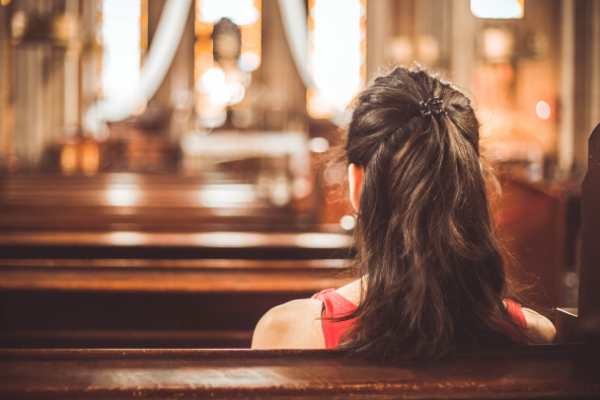Commentary

Op-Ed: Borough of Churches
Originally published in City Journal.
On a recent afternoon, I stood on a narrow street dividing the parish cemeteries of McAdoo, a small borough outside Hazleton in northeastern Pennsylvania’s coal region. Chain-link fences neatly separate the plots, with Roman or Byzantine crosses marking the different ethnic and denominational allegiances. To the west—past the graves of my paternal great-grandparents in St. Patrick’s Cemetery—is a panoramic view of the beautiful spires and domes for which McAdoo became known as the “borough of churches.” Many of these congregations have since closed—a sad trend that preceded the Covid-19 pandemic.
Last spring, not long after the CDC identified the first U.S. Covid case on Ash Wednesday, the pandemic prompted concerns that many houses of worship wouldn’t survive the lockdowns. It’s still too early to predict long-term effects, but so far church closures have not been widespread. Federal intervention undoubtedly helped. For instance, the Roman Catholic Church, according to a recent AP investigation, was “perhaps the biggest beneficiary” of last year’s Paycheck Protection Program. It’s still pre-Covid forces—aging congregations, rising secularism, the fallout of clerical abuse scandals, disillusionment with institutional religion—that imperil the future of churches in urban neighborhoods, sprawling suburbs, and small towns like McAdoo.
Incorporated in 1896, McAdoo once counted ten churches within an area of about 200 acres. These ethnic parishes sprouted after a local coal company permitted Irish, Italian, and Slavic families to build housing. Overall, McAdoo was a lively, but poorer, town: its population peaked at 5,200 in the early 1930s. But through the twentieth century, long after mine closures and economic decline halved its population, the storied churches of McAdoo remained a center of communal vitality.
For generations, the harsh conditions of…
Read more at City Journal.